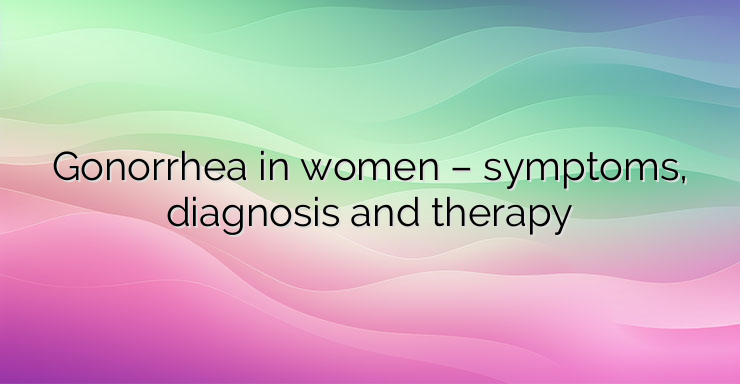Gonorrhea is a sexually transmitted infection of the mucous membranes that is caused by the Gram-negative diplococci of the species Neisseria gonorrhoeae. The infection is mainly sexually transmitted, but if left untreated, it can also be transmitted to the fetus during natural childbirth and cause gonococcal conjunctivitis or systemic infection. N. gonorrhoeae is a Gram-negative, intracellular bacterium with a particular affinity for the host’s columnar and cuboidal epithelium. The strong virulence of gonococci can be explained by various factors. On the one hand, with the help of their pili, gonococci attach to mucosal surfaces and cannot be engulfed by cells of the immune system. On the other hand, porin channels (porA and porB) further contribute to the invasion of gonococci into host epithelial cells and have a major role in their virulence. About 24-48 hours after attaching to the mucosal surface, the gonococci enter the subepithelial space and mediate a reaction of the immune system, which is expressed by the invasion of neutrophils, the formation of microabscesses and the release of pus. Gonorrhea is spread mainly through sexual contact – vaginal oral, oral and anal sex. Vertical transmission can also occur during childbirth. Risk factors for contracting gonorrhea include casual sexual contact, failure to use a condom during sexual intercourse, frequent change of sexual partners, having sex from an early age, low socioeconomic status, homosexuality, history of previous sexually transmitted infection. In women, gonococcal infection most often leads to the development of endocervicitis and urethritis. Symptomatically, the infection is manifested by abundant purulent vaginal discharge with an unpleasant odor, itching, pain during intercourse, pain and burning during urination, intermenstrual bleeding. In some cases, gonorrhea can be asymptomatic, and in others it can lead to the development of pelvic inflammatory disease as a complication. Patients suffering from pelvic inflammatory disease complain of pain in the lower abdominal area, and if left untreated, the condition can be a cause of sterility. In about 0.5-3% of cases, gonorrhea progresses to disseminated gonococcal infection, in which gonococci enter the bloodstream. Disseminated gonococcal infection manifests itself with arthritis, dermatitis, tenosynovitis, and in its second phase with septic arthritis. Rare complications of disseminated gonococcal infection are gonococcal meningitis, pericarditis, and endocarditis. In terms of differential diagnosis, bacterial vaginosis, ectopic pregnancy, endometriosis, tubo-ovarian abscess, mucopurulent cervicitis should also be considered. The diagnosis of the disease is made on the basis of the clinical symptoms, the data from the gynecological examination – the patient has increased cervical sensitivity, adnexal masses can be palpated. The main diagnostic criterion is the cultural examination of cervical secretions.Serological tests are also applied – latex agglutination, ELISA, immunoprecipitation. Tests for other sexually transmitted diseases should also be done. Treatment for uncomplicated gonorrhea consists of intramuscular administration of a single dose of ceftriaxone 500 mg together with 1 g of azithromycin orally. In patients allergic to ceftriaxone, a single dose of gentamicin 240 mg is administered intramuscularly together with a single oral dose of azithromycin 2 g. Another alternative in such patients is a single dose of spectinomycin 2 g. Monotherapy with azithromycin is not recommended, as gonococci easily develop drug resistance. resistance to macrolides. If the treatment does not lead to a result according to the World Health Organization (WHO), a single dose of ceftriaxone 500 mg, intramuscularly, together with 2 g of azithromycin, orally, is administered; a single dose of spectinomycin 2 g intramuscularly together with a single dose of azithromycin 2 g orally. In gonorrhea complicated by pelvic inflammatory disease, the main therapy consists of a single dose of ceftriaxone 2 (intramuscular) administered together with 14 days of therapy with doxycycline 100 mg, twice daily or with 14 days of therapy with metronidazole 500 mg, twice daily. Gonorrhea is a sexually transmitted disease that can lead to serious complications and sterility in women, but diagnosed in time can be completely eradicated. Source: Gonorrhea: Practice Essentials, Background, Pathophysiology (medscape.com)


Leave a Reply